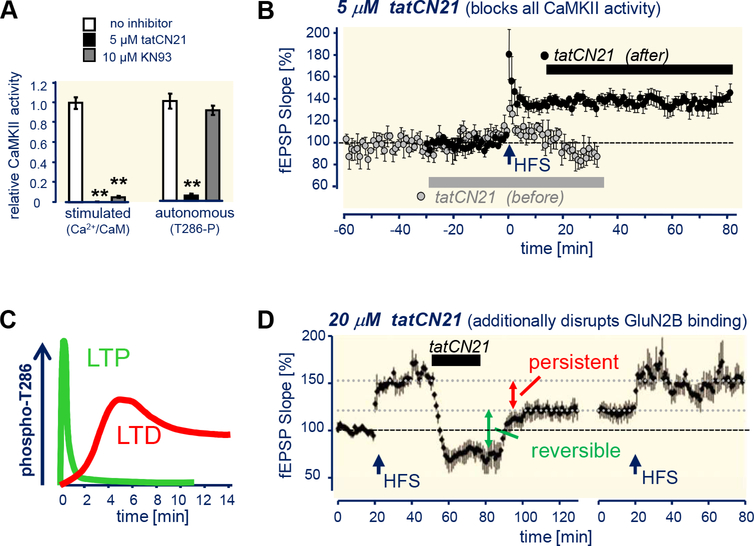Figure 6. CaMKII T286 phosphorylation and GluN2B binding in LTP induction versus maintenance.
(A) tatCN21 but not KN93 inhibits autonomous CaMKII. (Adapted from (Vest et al., 2010).
(B) tatCN21 (5 μM) blocks LTP induction by high-frequency stimulation (HFS) but does not interfere with its maintenance. (Adapted from (Buard et al., 2010).
(C) CaMKII T286 autophosphorylation is more rapidly reversed after LTP than LTD. (As previously reviewed in Coultrap and Bayer, 2012).
(D) Higher tatCN21 concentrations (20 pM) that additionally disrupt CaMKII/GluN2B binding persistently reverse LTP maintenance. LTP can be re-established by additional HFS stimulation, indicating complete washout of the drug and slice health (Adapted from (Sanhueza et al., 2011).

